Stamping Die Pedia
- 2021-10-12
Stamping die
Stamping die is a special process equipment for processing materials (metal or non-metal) into parts (or semi-finished products) in cold stamping processing, called cold stamping die (commonly known as cold stamping die). Stamping is a pressure processing method that uses a mold installed on a press to apply pressure to the material at room temperature to cause separation or plastic deformation to obtain the required parts.
Contents
1 category
There are many forms of stamping dies, and the stamping dies are also based on the nature of the work, the structure of the mold, and the mold material.
Classification according to the nature of the process
a. Punching die A die that separates materials along a closed or open outline. Such as blanking die, punching die, cutting die, slitting die, trimming die, cutting die, etc.
b. Bending mold A mold for bending and deforming the sheet blank or other blanks along a straight line (bending line) to obtain a certain angle and shape of the workpiece.
c. The drawing die is a die for making the blank of the sheet into an open hollow part, or to further change the shape and size of the hollow part.
d. Forming mold is a mold that directly replicates the blank or semi-finished workpiece according to the shape of the convex and concave molds, and the material itself only produces local plastic deformation. Such as bulging molds, necking molds, flaring molds, undulating forming molds, flanging molds, shaping molds, etc.
e. Riveting mold is to use external force to connect or overlap the participating parts in a certain order and manner to form a whole
Classification according to the degree of process combination
a. Single-process mold In one stroke of the press, only one stamping process mold is completed.
b. Compound mold There is only one station, and in one stroke of the press, two or more stamping processes can be completed at the same time on the same station.
c. Progressive die (also called continuous die) In the feeding direction of the blank, there are two or more stations. In one stroke of the press, two or two passes are completed in different stations one by one. Die for the above stamping process.
d. The transfer mold combines the characteristics of single process mold and progressive mold. The robot transfer system is used to realize the rapid transfer of the product in the mold, which can greatly improve the production efficiency of the product, reduce the production cost of the product, save the cost of the material, and have stable quality reliable.
Classified according to the processing method of the product
According to different product processing methods, molds can be divided into five categories: punching and shearing molds, bending molds, drawing molds, forming molds and compression molds.
a. Punching and shearing dies: the work is done by shearing. Commonly used forms are shearing dies, blanking dies, punching dies, trimming dies, edge dies, punching dies and punching dies.
b. Bending mold: It is the shape of bending the flat blank into an angle. Depending on the shape, accuracy and production volume of the part, there are many different forms of mold, such as ordinary bending die, cam bending die, curling Stamping dies, arc bending dies, bending punching dies and twisting dies, etc.
c. Drawing mold: Drawing mold is to make flat blank into seamless container with bottom.
d. Forming die: refers to the use of various local deformation methods to change the shape of the blank. Its forms include convex forming die, curling edge forming die, necking forming die, hole flange forming die, and round edge forming die.
e. Compression die: It uses strong pressure to make the metal blank flow and deform into the required shape. Its types include extrusion die, embossing die, embossing die, and end pressure die.
Basic knowledge of stamping die terminology
1. Crimping
Hemming is a stamping process in which the edge of the process part is rolled into a closed circle. The axis of the crimped circle is straight.
2. Curled edge
Crimping is a stamping process in which the upper edge of the hollow part is rolled into a closed circle.
3. Drawing
Drawing is a stamping process that transforms straight wool or process parts into a curved surface. The curved surface is mainly formed by the extension of the material at the bottom of the punch.
4. Pull bend
Stretch bending is a stamping process in which bending deformation is realized under the combined action of tensile force and bending moment, so that the entire bending cross section is subjected to tensile stress.
5. Bulging
Bulging is a stamping process in which hollow or tubular parts are expanded radially outward. Sectioning Sectioning is a stamping process that divides the forming process into several pieces.
6. Leveling
Leveling is a stamping process to improve the flatness of partial or overall planar parts.
7, ups and downs forming
It is a stamping process that relies on the extension of the material to form partial depressions or protrusions in the process parts. The change of material thickness in the undulating forming is unintentional, that is, a small amount of change in thickness is formed naturally during the deformation process, and is not a requirement specified by the design.
8. Bending
Bending is a stamping process that uses pressure to produce plastic deformation of the material, thereby being bent into a shape with a certain curvature and a certain angle.
9. Chiseling
Chiseling is a process of blanking or punching with a sharp-edged chiseling die. There is no lower die for chiseling, only a flat plate is under the material, and most of the material to be punched is non-metal.
10. Deep hole punching
Deep hole punching is a punching process when the hole diameter is equal to or smaller than the thickness of the material to be punched.
11. Blanking
Blanking is a stamping process that separates materials along a closed contour. The separated materials become workpieces or process parts, most of which are flat.
12. Neck
Neck is a stamping process that pressurizes the opening of a hollow or tubular member to shrink it.
13, plastic surgery
Shaping is a stamping process that relies on the flow of materials and changes the shape and size of the process parts in a small amount to ensure the accuracy of the workpiece.
14. Renovation
Refurbishment is a stamping process that cuts a small amount of material along the outer or inner contour to improve the edge finish and perpendicularity. The refurbishment process generally also improves the dimensional accuracy at the same time.
15. Flip holes
Hole turning is a punching process that turns the material into side flanges around the inner hole.
16. Flanging
Flanging is a stamping process in which the material is turned into short sides along the contour curve.
17, deep drawing
Deep drawing is a stamping process in which straight wool or process parts are turned into hollow parts, or the hollow parts are further changed in shape and size. During deep drawing, the hollow part is mainly formed by the material located outside the bottom of the convex die flowing into the concave die.
18. Continuous deep drawing
Continuous drawing is a stamping method that uses the same mold (continuous drawing die) to gradually form the required shape and size through multiple drawing on the strip (coil).
19. Thinning and deep drawing
Thinning and deep drawing is a kind of drawing process in which the hollow process part is further changed in shape and size, and the side wall is intentionally thinned.
20, reverse deep drawing
Reverse drawing is a drawing process in which the inner wall of the hollow process part is turned outward.
21. Differential temperature drawing
Differential temperature drawing is a drawing process that uses heating and cooling means to make the temperature of the material to be deformed far higher than the temperature of the material that has been deformed, thereby increasing the degree of deformation.
22. Hydraulic deep drawing
Hydraulic deep drawing is a drawing process that uses liquid contained in a rigid or flexible container instead of a punch or a die to form a hollow part.
23. Beading
Beading is a kind of undulation. When local undulations appear in the form of ribs, the corresponding undulation forming process is called press ribs .
the first sort
Process parts, these parts directly participate in the completion of the process and have direct contact with the blank, including working parts, positioning parts, unloading and pressing parts, etc.;
Second category
Structural parts. Such parts do not directly participate in the completion of the process, nor do they have direct contact with the blank. They only guarantee the completion of the process of the mold, or improve the function of the mold, including guiding parts, fastening parts, and standard parts. And other parts, etc., as shown in Table 1.1.3. It should be pointed out that not all dies must have the above six parts, especially single-process dies, but working parts and necessary fixed parts are indispensable.
High-strength steel stamping die
Today's high-strength steel and ultra-high-strength steel have achieved the lightweight of vehicles and improved the collision strength and safety performance of vehicles. Therefore, they have become an important development direction of automotive steel. However, as the strength of the sheet metal increases, the traditional cold stamping process is prone to cracking during the forming process, which cannot meet the processing requirements of high-strength steel plates. Under the condition that the forming conditions cannot be met, the hot stamping forming technology of ultra-high-strength steel plates has been gradually studied internationally. This technology is a new process that integrates forming, heat transfer and structural phase transformation. It mainly uses the characteristics of increased plasticity of sheet metal and decreased yield strength under high-temperature austenite state, and the process of forming through molds.
In-mold tapping, also known as in-mold tapping, is a new technology that replaces traditional manual tapping. Traditional tapping equipment can no longer meet the needs of stamping products, with low efficiency and long processing time. Far from meeting the needs of the market. The introduction of in-mold tapping technology makes the stamping die truly automated and efficient. The tapping range can reach the minimum M0.6, the maximum can reach M45, and the accuracy can reach 0.01mm. The in-mold tapping technology makes the punch out The product does not need to be manually tapped for a second time. The quality of the extruded product is guaranteed, the surface finish is good, the efficiency is high, and the cost is low. It is widely used in stamping
The materials used to manufacture stamping dies include steel, cemented carbide, steel-bonded cemented carbide, zinc-based alloys, low melting point alloys, aluminum bronze, polymer materials, and so on. Most of the materials used to make stamping dies are steel. Commonly used types of die working parts are: carbon tool steel, low alloy tool steel, high carbon high chromium or medium chromium tool steel, medium carbon alloy steel, high speed steel , Base steel and cemented carbide, steel bonded cemented carbide, etc.
-
TAG:
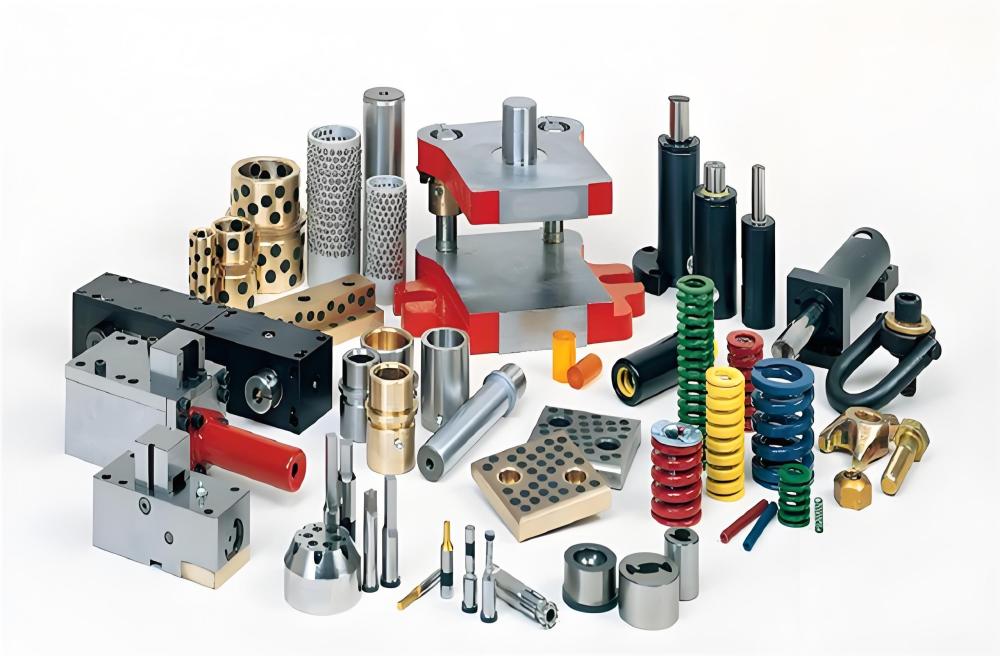
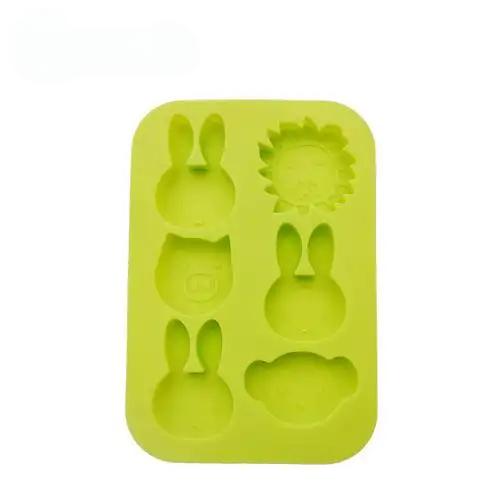
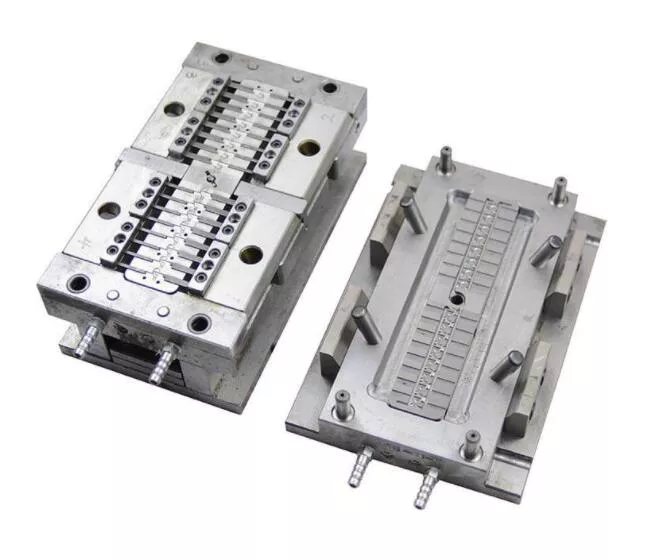
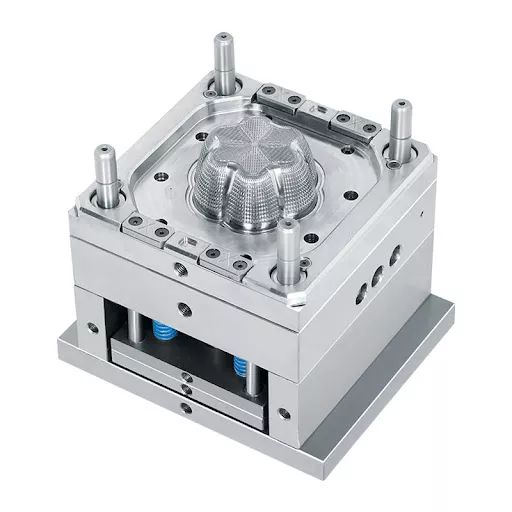
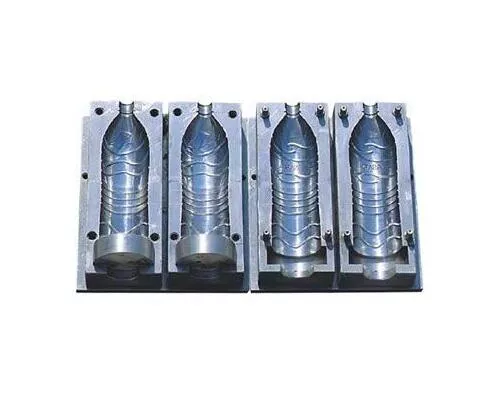
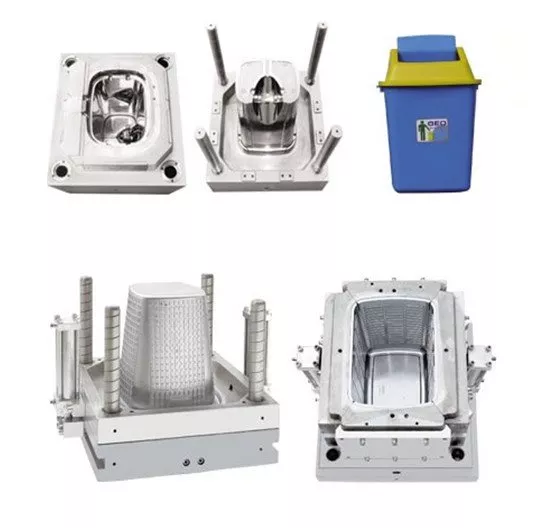
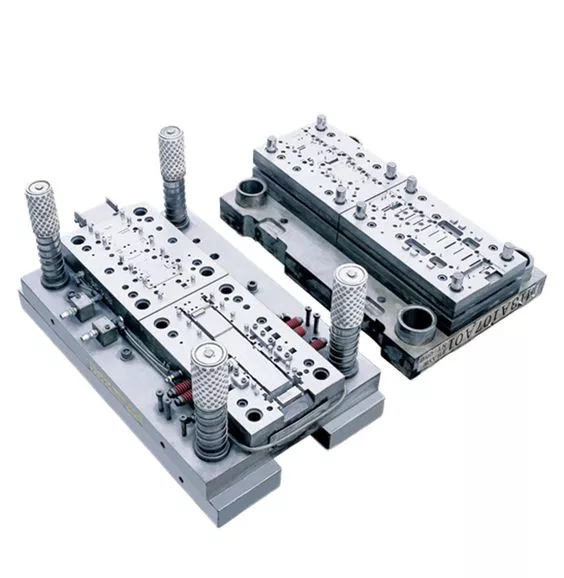
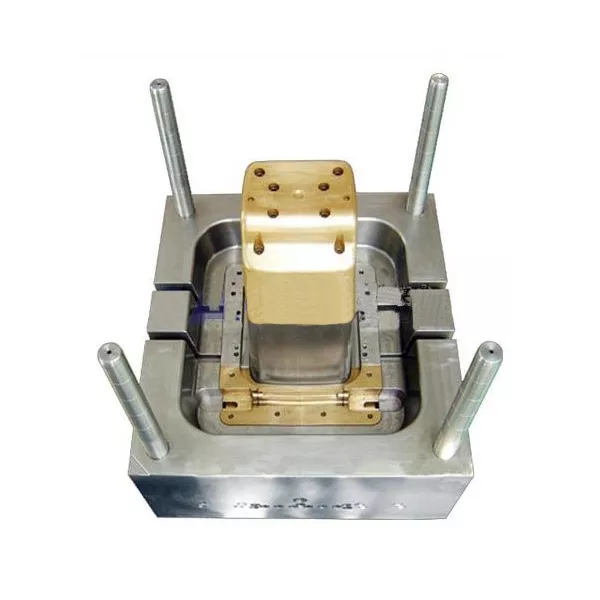
Send Your Inquiry Now